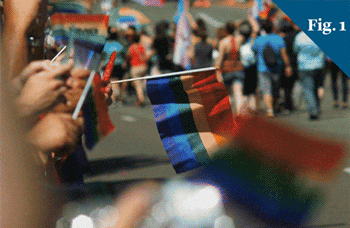Five years ago, the Supreme Court allowed same-sex marriage to become the law of the land when it struck down the Defense of Marriage Act, which defined marriage as between one man and one woman. It was a victory built on generations of tireless advocacy, election day disappointments and spurts of progress across the country.
One of the key elements to winning this battle was research, notably that of UCLA psychologist Evelyn Hooker. In the 1940s and 50s, when gay men could be arrested just for being gay, Hooker bucked the norms of her era and studied them like any other subject. Her groundbreaking work showed that being gay was not a mental illness.
It started with a friendship. After having lost her tenure-track job at Whittier College due to suspicions that she held subversive political views, Hooker was hired on at UCLA, where she became friends with Sam From, a gay student in one of her psychology classes.
As they became friends, he introduced her to the people in his life, a wide circle of gay artists, engineers, philosophers and other productive, seemingly well-adjusted people. This was significant because at the time, homosexuality was viewed as “a pervasive emotional disorder,” Hooker recalled in the documentary, “Changing Our Minds.”
Most studies of gay men up to that point were either of men in prison or of those receiving often cruel treatments for mental illness. Sigmund Freud, one of psychology’s founding figures, had written in 1935 that homosexuality was not an illness. But gay-positive, or even gay-neutral theorists had seen their views fall out of favor. And with so many aspects of gay life criminalized, most LGBTQ people could not safely speak out about their lives. Sadly, many gay men and women thought homosexuality was an illness, too, and tried vigorously to cure it.
Debunking an illness
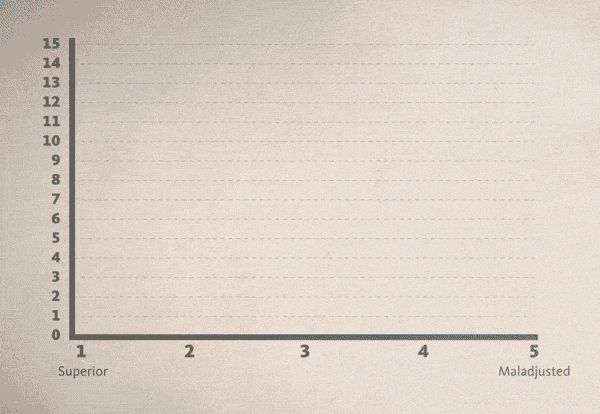
Credit: University of California
From asked Hooker to study his circle, saying that it was "her scientific duty to study people like us.” So she did. With From’s help, she assembled 30 exclusively homosexual men and 30 exclusively heterosexual men and administered a series of tests, including the famous Rorschach inkblot test, to determine if there were any psychological differences between gay and straight men. There were none.
Hooker’s peers couldn’t believe it. One colleague, Dr. Mortimer Mayer, was so confident he could tell the two groups apart that he triple-checked her work. But the data showed that it was impossible to tell heterosexual and homosexual men apart. Contrary to popular belief, homosexuality was not an illness.
Hooker’s research was published in 1957. Sadly, her friend From never got to see her work take off — he died the year before in a car accident. Nor did her research change attitudes — at least not for years to come.
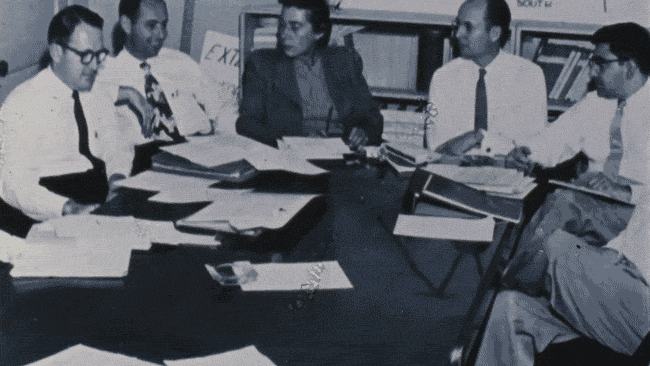
“It wasn’t really the case, in a storybook way, where the data came out, oh we were wrong and then they changed the policy,” said Gregory Herek, a UC Davis psychologist who was a colleague of Hooker’s in her later years (and an influential researcher in his own right, who helped prepare a brief cited by the Supreme Court in upholding gay marriage). “Instead it took some agitation. It took some activism.”
Changing medical — and legal — minds
The Diagnostic and Statistical Manual of Mental Disorders (DSM), the American Psychiatric Association’s handbook, continued to classify homosexuality as a mental illness 11 years after Hooker’s work was published. In 1974, after years of protests by gay rights activists at APA meetings, the DSM was finally changed, and homosexuality was no longer considered a mental illness. And it wasn’t until 1987 that the DSM acknowledged that no therapy could, or should, cure homosexuality.
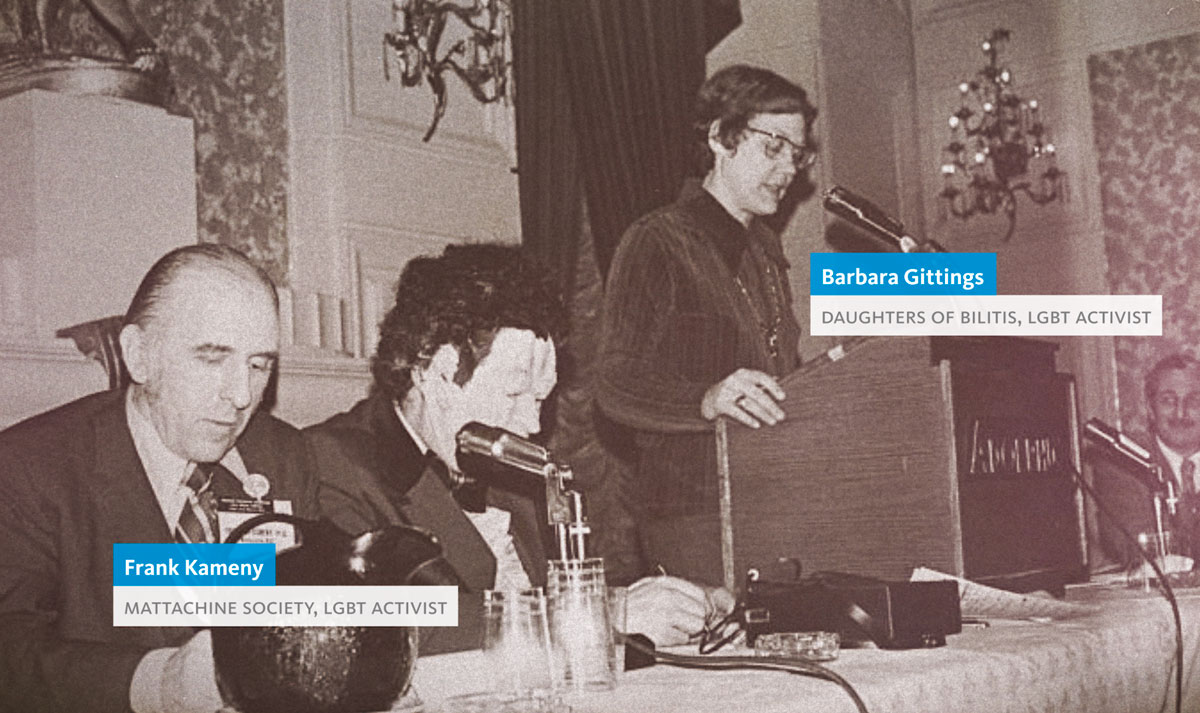
Significantly, the change in perception of homosexuality as a mental illness provided the foundation for changes in policy and law. Hooker was asked to head a study group on homosexuality for the National Institute of Mental Health in 1967. Her group issued a report recommending a repeal of sodomy laws and better public education about homosexuality. Her research was cited in amicus briefs in Lawrence v. Texas, the 2003 Supreme Court case that overturned sodomy laws, and it was cited again in United States v. Windsor, which overturned the portion of the Defense of Marriage Act that denied federal recognition of same-sex marriages.
The development of pro-gay case law has been vital to even more recent victories for civil rights in the Supreme Court, including the right to marry in Obergefell v. Hodges and the landmark 2020 decision, in Bostock v. Clayton County, to protect gay and transgender people from workplace discrimination.
Continuing to work against bias
More than 60 years after Hooker’s papers on homosexuality were first published, research continues to help advance civil rights. The Williams Institute, based like Hooker at UCLA, was established on the notion that research can be used to undermine biases and inform public policy debates. It was founded in 2001, when it was still impossible for same-sex couples to get married, in any state.
“That was an era percolating with the widespread adoption of state constitutional amendments against same-sex marriage that were rife with stereotypes, typically around the impact on children. There was the old myth that gay people will harm children in some way, or that a gay parent’s children would have developmental issues, or turn out gay,” said Jody Herman, a scholar of public policy at the Williams Institute, and a leading researcher on gender identity and expression.
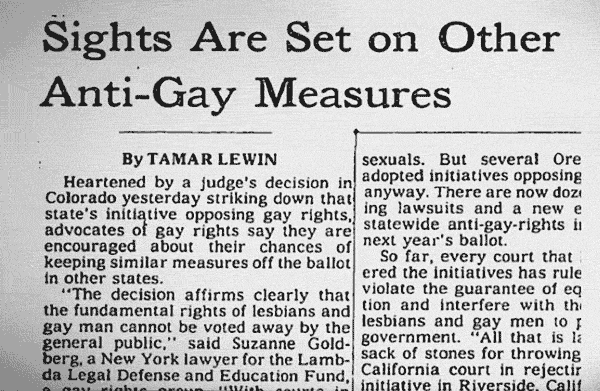
Credit: University of California
“If you use research to show that these biases are not actually founded on any scientific evidence, then what those who would utilize those arguments are left with are their own personal prejudices and biases to stand on,” Herman said.
“We are in an era now where prejudice and bias are seen as perfectly acceptable positions,” Herman laments. “But science and evidence have generally shown that these myths aren’t founded in any empirical evidence.”
How science undermines discrimination against the trans community
A key area of focus for the Williams Institute is dispelling misinformation about transgender people. As an example, Herman cited a recent study she and her Williams Institute colleagues produced on localities in Massachusetts that provided protections for trans people using public accommodations (like bathrooms, locker rooms and so on) against localities that did not.
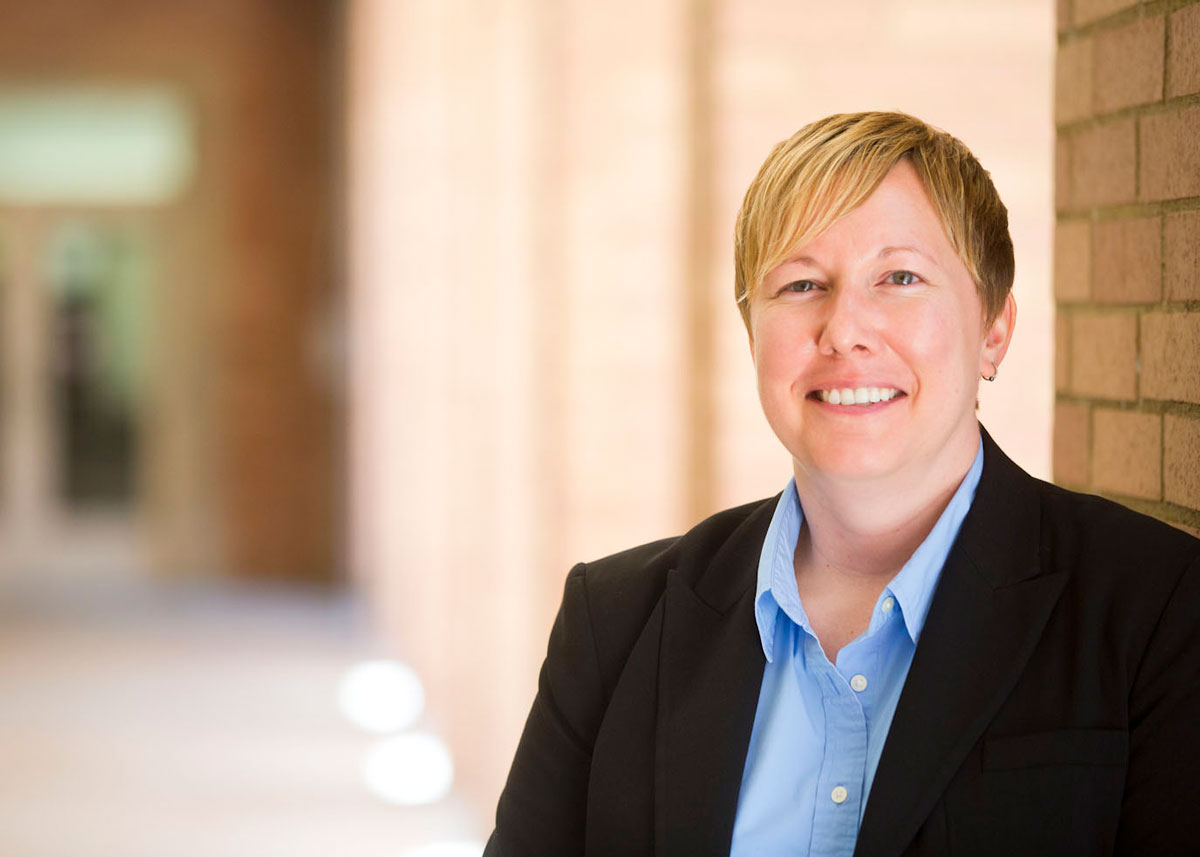
Courtesy photo
What critics of laws allowing transgender people to use facilities of their choosing suggested was that cis women would be harmed in women’s restrooms; that there would be an uptick in assaults. What Herman and her colleagues actually found was that places that adopted nondiscrimination protections actually had fewer issues than those without them. An anti-trans rights group in Massachusetts had to admit that their stance wasn’t based on any evidence at all — it was just their belief.
“One of the things that really helps with court cases over time is the documentation of discrimination,” Herman says. “The Williams Institute has engaged in a long concerted effort to document on a larger scale the problem; that discrimination is happening, it’s affecting people and it needs to be addressed,” Herman says.
The Williams Institute actively submits research for consideration in court cases at the state and federal level — the institute submitted amicus briefs in all three cases that were rolled into the Supreme Court’s recent decision, Bostock v. Clayton County, that employers could not discriminate based on gender identity or sexual orientation.
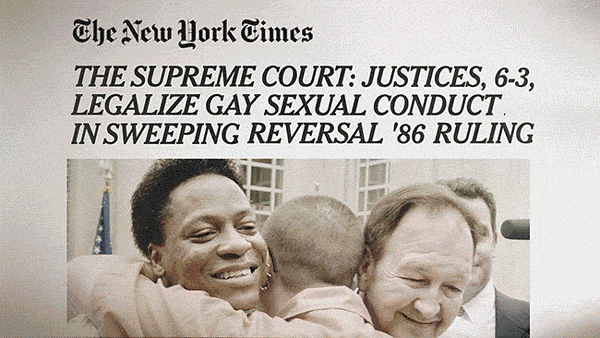
Credit: University of California
Putting LGBTQ people on the map, and understanding their needs
The Williams Institute also has a judicial training program, led by Todd Brower, that keeps judges up to date on the latest research into the well-being of LGBTQ people. Providing state-level research, like the kind Herman conducted into Massachusetts’ public accommodation laws, can be particularly impactful on judges when cases come before them. “It’s like the building blocks of research Hooker was tapping into; that gay people exist; that they exist everywhere; and that they have unique experiences and characteristics — it’s putting LGBTQ people on the map,” Herman says.
That map has expanded from the 30 gay men Hooker studied to the detailed and nationally representative picture of transgender adults in the United States, the Transgender Population Health Survey (TransPop), on which Herman served as a co-investigator. Herman also helped conduct the 2015 U.S. Transgender Survey, the largest survey of transgender adults in the United States to date. She and other Williams colleagues have also advocated for transgender people to be included in the federal census.
“The research needs are vast,” she says.
One of her primary concerns is the high prevalence of suicide attempts among trans people; across three different surveys, they have found that more than 40 percent of trans people have attempted suicide. “This has a lot of intersections with mental and physical health, with minority stress, discrimination, family issues. Focusing interventions is an area where we need a substantial amount of research to find out what is the best and most promising way of reducing suicidality.” Discrimination does cause harm, the evidence says: The Williams Institute has found in the past that anti-LGBTQ laws hurt the community’s well-being, and that pro-LGBTQ rulings help reduce the gap in reported happiness between gay and straight people.
The institute is continuing to push for research on these types of impacts, as trans people in particular continue to be targeted by discriminatory laws and regulations. A recent decision by the Department of Health and Human Services to remove protections against discrimination for transgender patients, just days before the Bostock v. Clayton County ruling, was particularly alarming to Herman.
In a way, Herman — and Hooker’s — work is in conversation with the question Judge Vaughn R. Walker asked lawyer Charles J. Cooper in 2009, when he moved to dismiss a lawsuit seeking to establish a constitutional right to same-sex marriage: what would be the harm of permitting gay men and lesbians to marry?
“Your honor, my answer is: I don’t know,” Cooper said. “I don’t know.”
Cooper’s motion was denied and Judge Walker ruled that Prop. 8’s ban on same-sex marriage in California was unconstitutional. Other dominoes followed. The rest is history.
